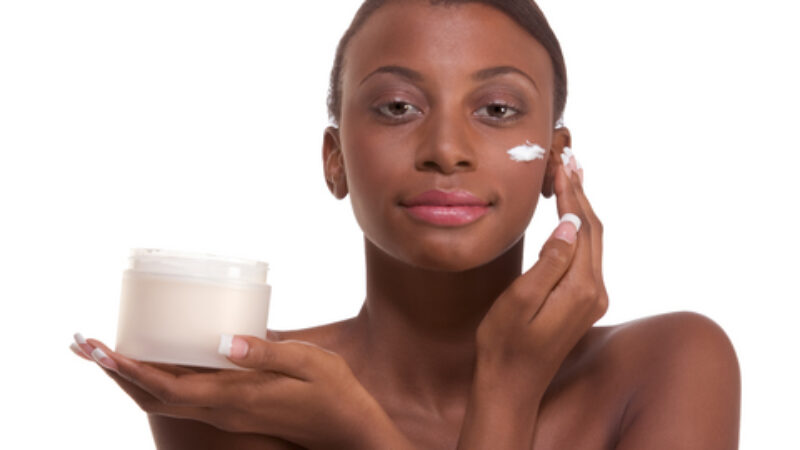Heat rash, also known as prickly heat or miliaria, is a skin condition that can affect anyone, especially when it’s hot and humid outside.
Heat rash develops when sweat ducts become blocked and perspiration is trapped under the skin. The result is blistering, red and raised lumps which may or may not be accompanied by itching. Although it tends to dissipate on its own, it can be very uncomfortable.
Heat rash can appear in skin folds or wherever clothing causes friction. It can affect the sweat ducts in the uppermost layer of skin, occur deeper down in the epidermis or more rarely, affect the dermis (a deeper layer of skin) after exercise or an activity that causes sweating.
It’s not known exactly what causes heat rash, but many factors are thought to be implicated, including immature sweat ducts (as in infants); hot, humid weather; physical activity; occlusive fabrics; some medications and heavy creams or ointments. Your best bet for treatment is to try and reduce sweating by seeking cool areas – air conditioning or fans will help immensely. Limit physical activity and wear clothing that allows air to circulate and is made of fabric that ‘breathes’. You can apply calamine lotion to help control itching. In more serious cases, the short term use of a mild steroid cream may be warranted.
Most cases of heat rash don’t require medical attention. However, if symptoms last longer than a few days or there is excessive pain, swelling or redness, you should see a doctor. Fever or chills or weepy lesions are other causes for concern.



